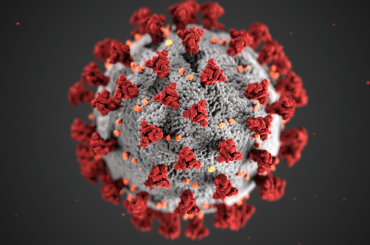This story first appeared in the January/February 2019 magazine edition of Australian Aviation.
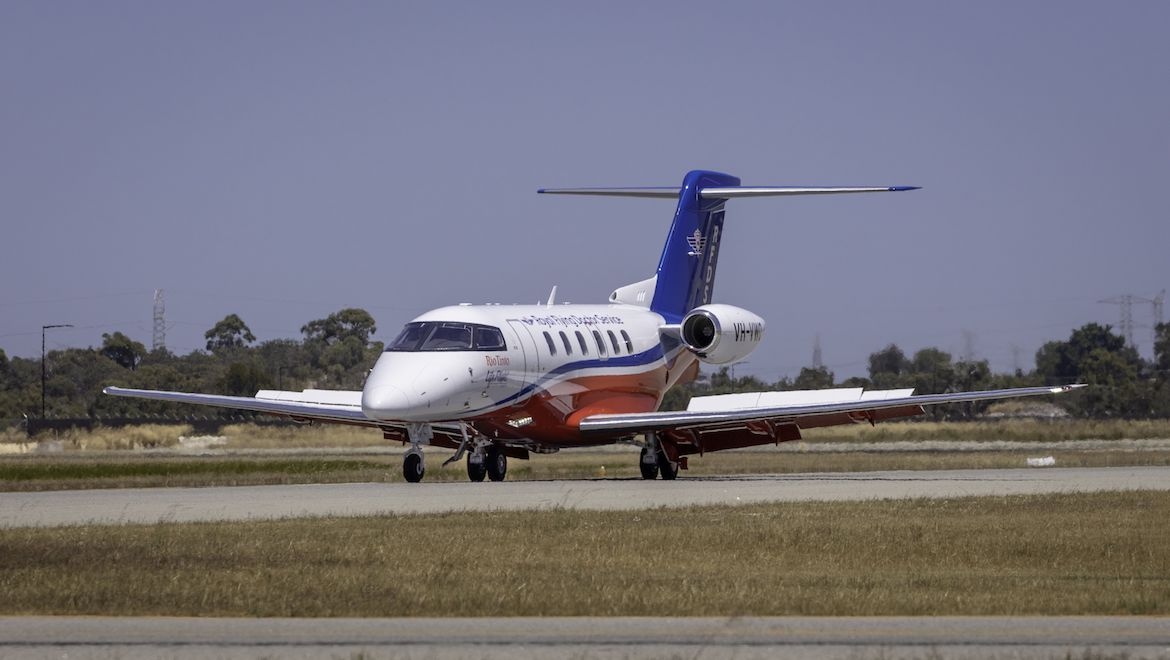
There is a new lifesaver making its mark across the vastness of Western Australia. Built in Switzerland and entering Australian service in December, it can be found as high as 45,000ft travelling at speeds of over 400kt.
This lifesaver is the Pilatus PC-24, the newest member of the Royal Flying Doctor Service’s (RFDS) fleet.
Joining the RFDS during its 90th anniversary celebrations, the first PC‑24’s arrival in Broome on December 2 marked the culmination of a major transformation project that saw the RFDS and Pilatus collaborate to create a world-class intensive care unit in the sky.
“The Rio Tinto Life Flight PC-24 jet epitomises the continued evolution of RFDS as the pre-eminent and most trusted provider of aeromedical services in Western Australia,” RFDS WA’s general manager aviation Geoff Horsley told Australian Aviation in December.
“The arrival of the PC-24 jets signal the next era for RFDS in Western Australia as we continue to evolve and adapt to patient demand – since our first Fox Moth in 1935 to our more recent fleet of Pilatus PC-12s which were introduced in 2009.”
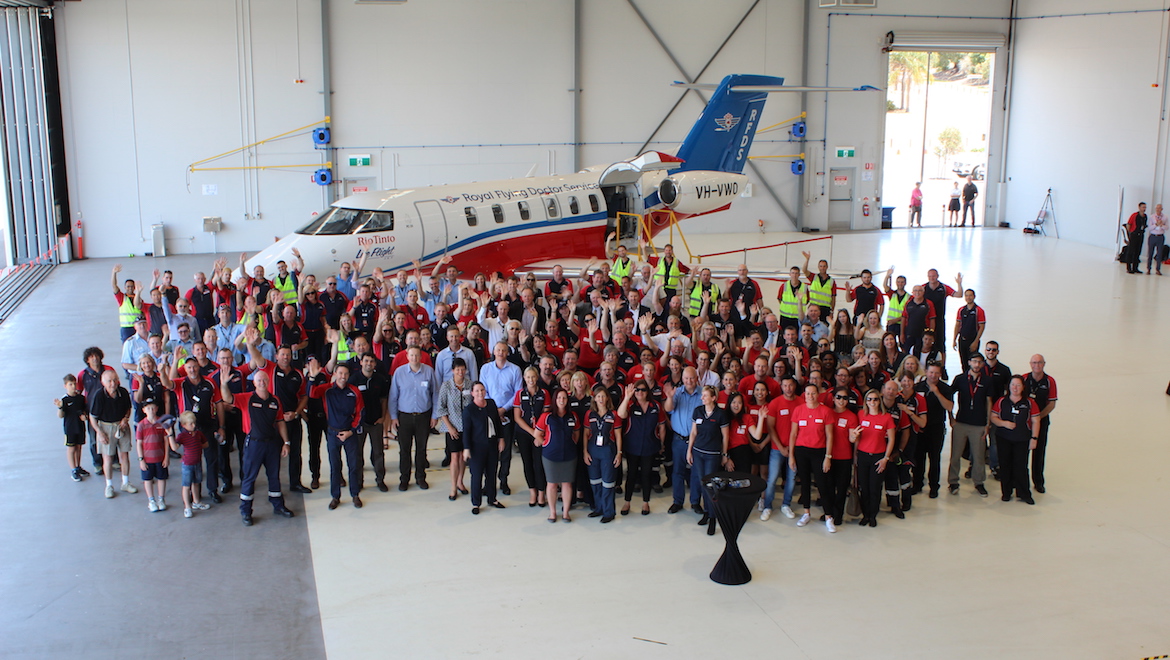
Going the distance
For nine decades, the Royal Flying Doctor Service has provided a mantle of safety and care for those living in rural and remote Australia. Founded in Queensland, the service was the brainchild of Presbyterian minister
the Reverend John Flynn.
If you’re unfamiliar with Flynn you need look no further than the Australian $20 note. Regarded today as a pioneer of Australian medical excellence, Flynn had experienced first-hand the perils of living in remote rural areas.
Specifically, he noted the apparent inequity of medical outcomes between people in urban centres and those living in rural locations. While early 20th century medical advances improved the quality of life for people in Australia, the vast distances between population centres in the Outback was still a major contributor to otherwise preventable deaths.
Lamenting this tyranny of distance, Flynn took action. Partnering with the Queensland and Northern Territory Aerial Service (Qantas) in 1928, he established an aeromedical retrieval service utilising de Havilland DH.50s. This allowed for the speedy transportation of the sick and injured to hospitals in the fledgling nation’s major cities and towns.
The Flying Doctor quickly grew, gradually expanding across the nation, reaching Western Australia in 1935. The country’s largest state, WA spans some 2.64 million square kilometres, making the RFDS’s approach to aeromedical services highly relevant.
Since those early days, Perth has been WA’s major centre for complex medical procedures and intensive care. Despite significant advances in regional medical services over the decades, many illnesses and injuries are still best treated in the capital city.
The size of the state means Perth’s hospitals are several days’ drive from regional population centres such as Broome, Karratha or Port Hedland, making air transfer the most viable option for most patients.
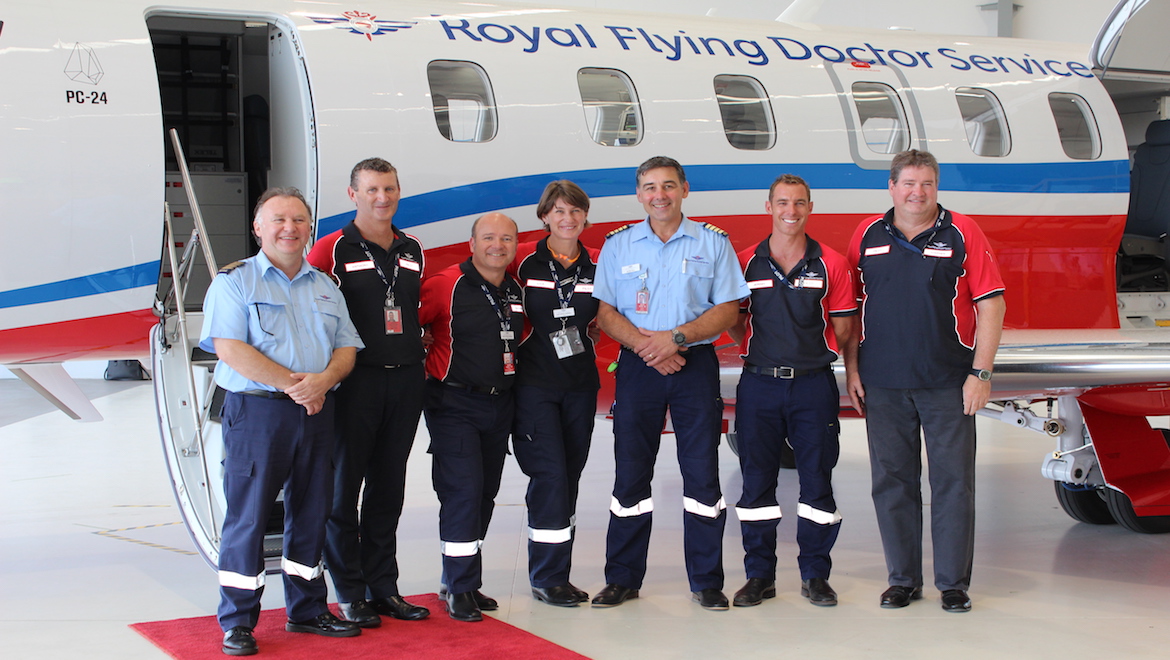
Home base
The RFDS’s Perth base is located at Jandakot Airport. Here a fully operational medical facility exists and, until recently, fell under the direction of noted physician Doctor Stephen Langford.
Alongside the medical facility, a state-of-the-art hangar and aircraft maintenance centre has been constructed, allowing the RFDS to undertake in-house maintenance on its modern fleet of 16 Pilatus PC‑12 turboprops. These aircraft link the Jandakot facility with all corners of the state thanks to a network of regional bases in Broome, Port Hedland, Kalgoorlie and Meekatharra.
After arrival in Jandakot, inbound patients are transferred to awaiting ambulances for onward transfer to major medical facilities such as Fiona Stanley Hospital and Royal Perth Hospital.
Although reliant on ambulances for the ground-based portion of the journey, the RFDS is not an air-ambulance. Rather, the service has a unique position among global aeromedical operators in that it provides a fully operational intensive care unit in the sky.
RFDS’s team of on-board doctors and nurses are trained to handle a vast array of medical procedures while airborne. Its aircraft sport a custom intensive care fitout that goes above and beyond an air ambulance design. This makes the RFDS the undisputed first line of protection for those living in rural Western Australia.
The PC-12s perform their service admirably, and the RFDS has steadily added new PC-12s to its fleet, including VH-IWO which joined the service in August. But the turboprop-powered PC-12 is limited to a cruising speed of 285kt, meaning faster jet aircraft are required for some highly critical flights.
To accommodate this need, the RFDS has operated a single Hawker 800XP jet. Since its introduction in 2009, the Hawker has been a vital member of the RFDS fleet, efficiently transferring high priority patients across WA.
But despite its benefits, weight and operational characteristics restrict the Hawker to operating from Perth Airport, about 25km from the RFDS Jandakot hub. Additionally, the Hawker 800XP lacks the rough field capabilities of the PC-24, meaning it is restricted to sealed runways.
Like no other
Planning for a new generation RFDS aeromedical jet has been underway for half a decade with Pilatus considered a good fit for the Flying Doctor given the long-term PC-12 partnership.
The design of the PC-24 promised many benefits for the RFDS, ultimately leading to the selection of the type in May 2014. Such benefits including its jet speeds, turboprop-like short field performance and large interior cabin make it well-suited to an aeromedical service profile.
“The outstanding flexibility of the PC-24 opens up many possibilities for deployment of this aircraft on medevac missions,” Horsley explained.
“The PC-24’s spacious cabin, large cargo door – unique in this class – maximum speed of 740km/h and capacity to use short and unpaved runways make it the ideal aircraft for all medevac missions.”
Further, the PC-24 promises time-critical transfers for patients across the state, as well as being capable of carrying more patients than the existing turboprop fleet, a major consideration for RFDS.
“The PC-24s have an increased capacity for three stretchered patients and two medical teams.
“On individual performance, the aircraft will make a significant impact in long-haul and time-critical scenarios, carrying multiple patients on a single flight and enabling critically-ill patients to get to specialist care faster.”
Adding diversity to the fleet increases the types of aeromedical resources at the disposal of the service. It allows the Flying Doctor to deploy the new jets on time‑critical missions. Furthermore, the PC-24’s range reduces the reliance on refuelling stops.
“The PC-24s will be faster in long-distance emergencies and will free up the availability of our PC-12 aircraft which can be retained in regions to better address local patient demand,” Horsley said.
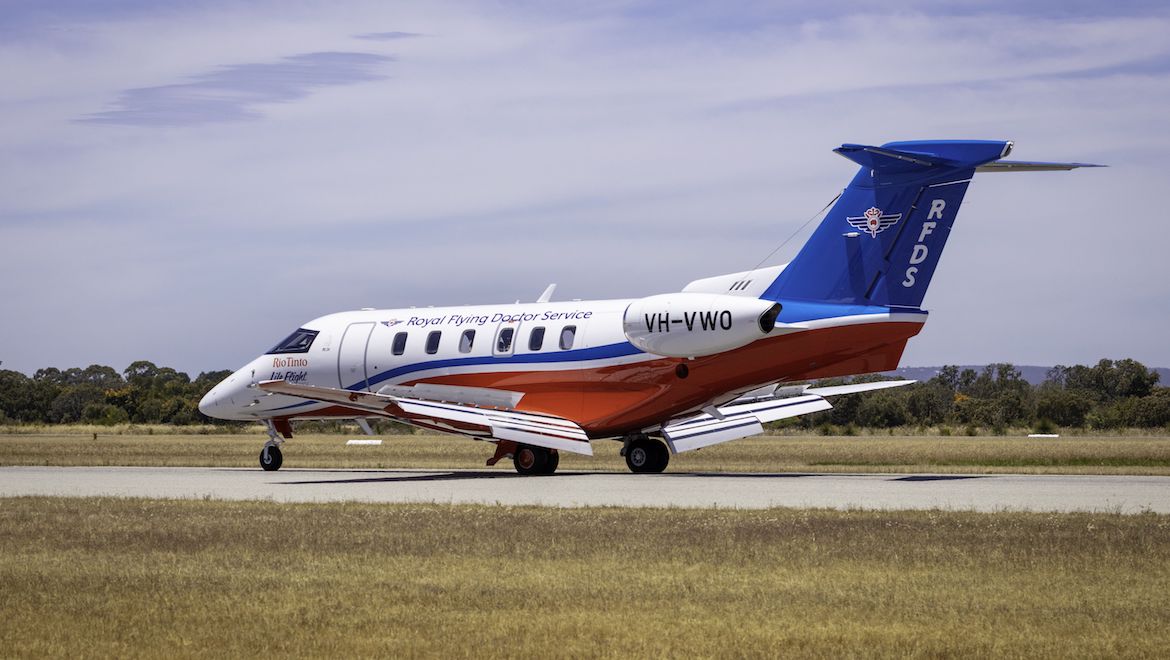
Bespoke design
The use of the Swiss-built jet in an aeromedical environment is world-first, with the majority of existing PC‑24s operating in a standard corporate jet fitout.
“We have repurposed the PC-24 jet with state-of-the-art aeromedical fitout that serves as an inflight emergency ward, and the aircraft is regarded as the ‘off-road’ aeromedical jet,” Horsley said.
Unlike the turboprops, which receive their custom interiors at the Jandakot base, the PC-24s undergo their aeromedical fitout on Pilatus’s Stans, Switzerland factory before arriving in Western Australia.
The complexity of the fitout gives some insight into the range of medical situations these aircraft are expected to handle, allowing for the rapid transfer of patients, including those with bariatric requirements.
Horsely explained: “We have improved the stretcher design, creating a lightweight design with 1.95m length and an extra comfortable mattress. Additionally we’ve added a specially engineered auto-stabilising stretcher-loading device that loads patients in a horizontal position, as opposed to other aircraft with inclined stretcher slides.”
The interior, accessed by the PC‑24’s standard 1,295mm x 1,245mm cargo door, also boasts an enhanced load capability medical electrical system with both 28VDC and 240VAC supplied. Wall-mounted supply panels are coupled with ceiling rails that support IV-hooks, enhancing the care delivery on board.
Dimmable cabin lights improve patient comfort, while dedicated working lights have been installed above the three stretchers. Further improvements see a separate cabin intercom system that allows hand-held satcom and VHF access for medical staff, enabling easy communication between the aircraft and the operations centre at Jandakot.
The design also facilitates improved storage, including cabinets with drawers, ample shelves and worktables, much to the delight of the doctors and nurses who make a career serving patients high above the ground.
“RFDS WA’s acquisition and fitout of the Rio Tinto Life Flight PC-24 jet aircraft is a world-first for aeromedical service,” Horsley adds.
“We are very proud to bring this aircraft to Western Australia.”
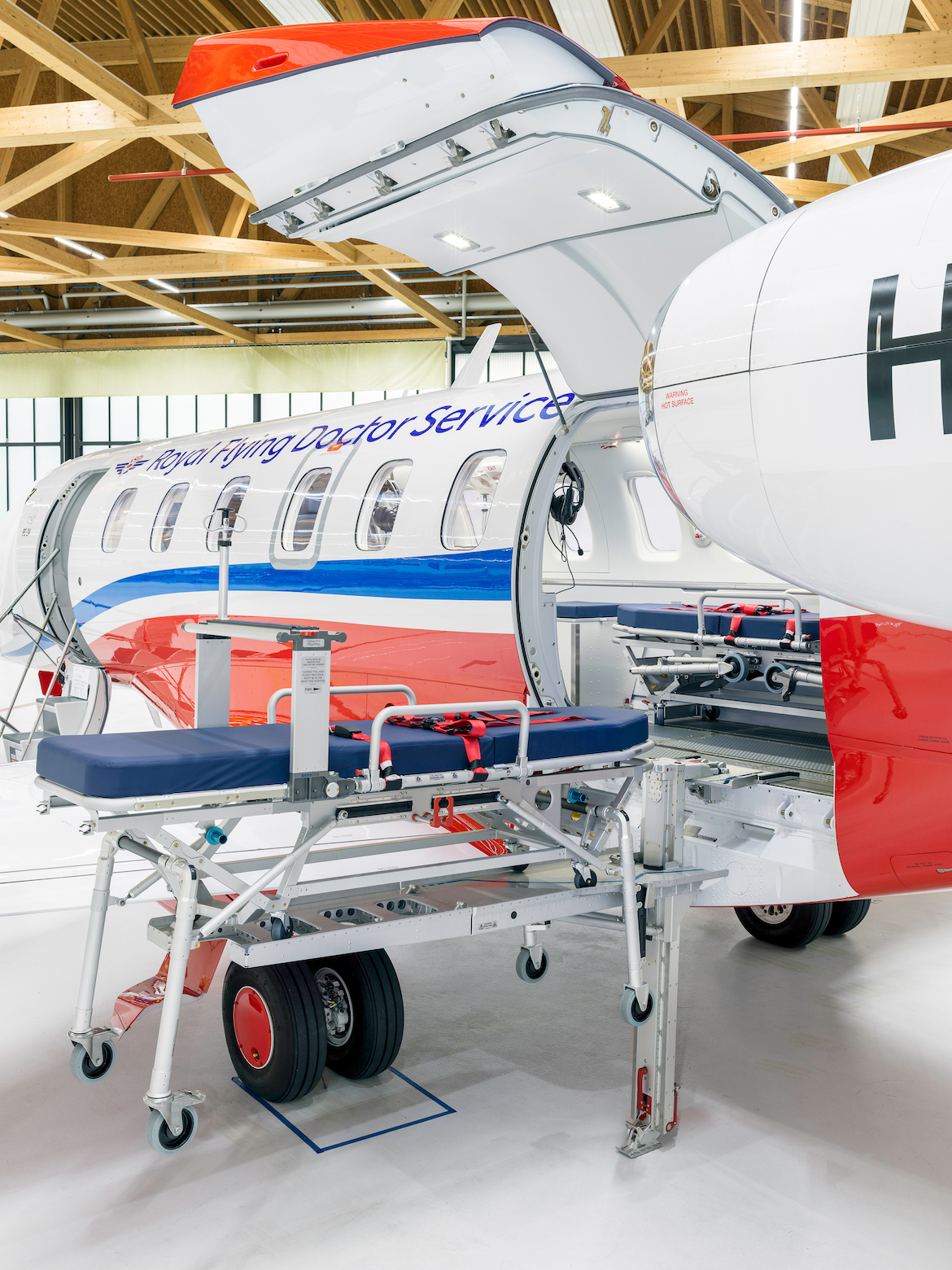
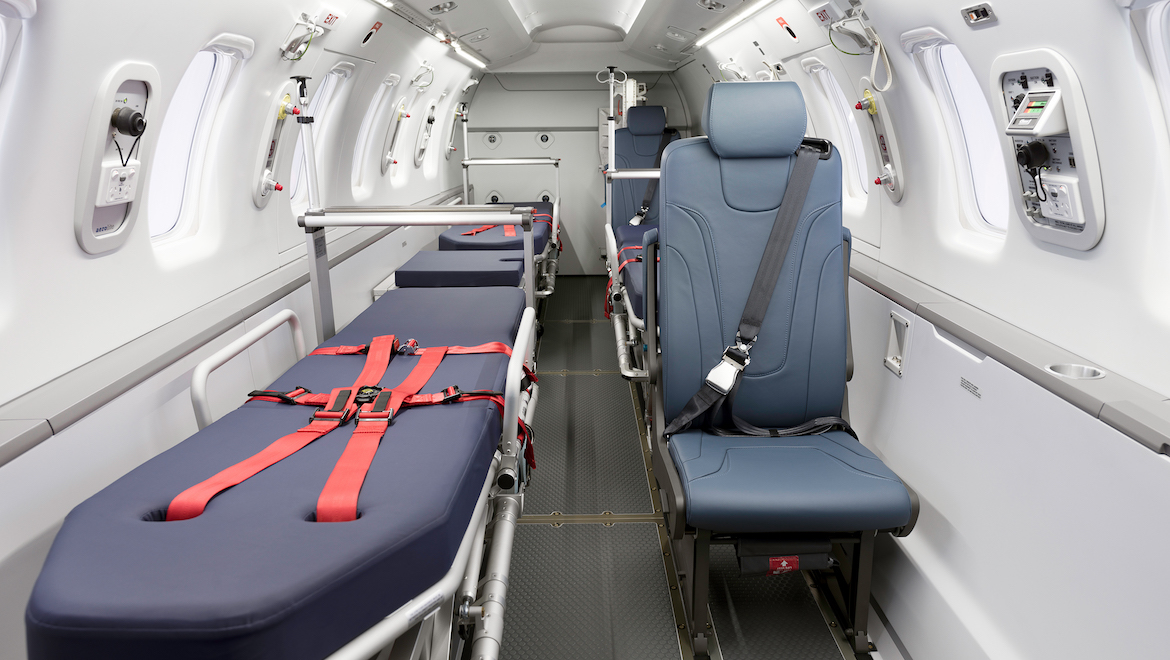
Flight ready
While all eyes were on the aircraft’s December arrival in Australia, there had been many milestones on the path to the PC-24’s introduction and countless hours of work behind the scenes in preparation for their arrival.
One significant milestone was the redevelopment of the Jandakot facility to accommodate the new jets. While Jandakot has long housed hangar facilities for the RFDS fleet, the existing buildings were designed with turboprop aircraft in mind.
The increased size and complexity of the Pilatus jet meant a new facility was required before the aircraft could begin services in WA. Work started on this building in 2015 and was completed in 2017.
The new facility sports a large maintenance hangar, capable of servicing both the PC-24 and the existing PC-12 fleet. Additionally, the facility provides a pilot base, training facilities, workshops and storage area as well as office space.
With the hangar complete, the focus narrowed on the introduction of the new jets, which received their type certificates from Europe’s EASA and the US FAA in December 2017.
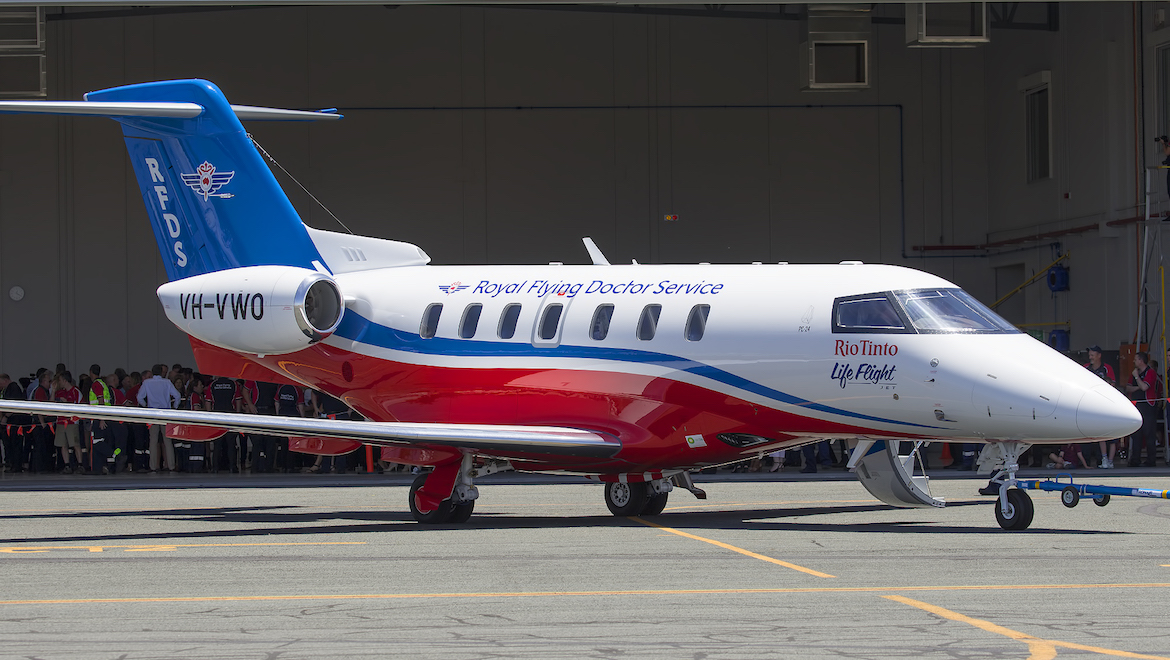
Throughout 2018, the RFDS team had been hard at work, both in Western Australia and overseas, readying medical teams to work in the new environment as well as pilot and engineer training to enable safe flight operations across the network.
A recent milestone was the advanced training of RFDS’s team of engineers and pilots. During this program four RFDS engineers undertook training in Stans, Switzerland and Detroit.
Horsley continues: “Fifteen of our pilots have completed PC-24 training in Dallas, USA and our doctors and nurses will participate in practical training on board the aircraft in WA before going into service.”
Another major advantage of the PC-24 is its flightdeck arrangement. As with the PC-12s, the aircraft has been designed for single-pilot operations with a cockpit layout that Horsley said is efficient and intuitive.
“The environment has been designed specifically to reduce workload, improving safety while providing full situational awareness. The transition for our pilots will be easier (than to other types) given that avionics and flight management systems are almost identical between the PC-12 and PC-24.”

Making an impact
With the first PC-24 now on Australian soil, the RFDS is focused on the task of integrating the aircraft into its network. An additional aircraft was expected to join RFDS in WA by the end of January, while the RFDS in South Australia has one aircraft on order.
While it’s early days, Horsley has high expectations of the RFDS’s newest workhorse: “Fundamentally, the PC-24 jet flies further and faster than the turboprop PC-12 aircraft, boosting the fleet’s long-distance response capability and capacity.
“The PC-24s will perform long haul rescues between Perth and destinations such as Broome or Darwin and can be tasked for shorter trips depending on the priority of the retrieval and crew and aircraft availability. They will free up the PC-12s to focus on shorter flights, which will enhance response times.”
So the next time you hear a jet overhead, look skyward. It might just be Western Australia’s newest lifesaver.
VIDEO: A look at the arrival of the first RFDS WA Pilatus PC-24 from the Pilatus YouTube channel.
This story first appeared in the January/February 2019 magazine edition of Australian Aviation. To read more stories like this, become a member here.

